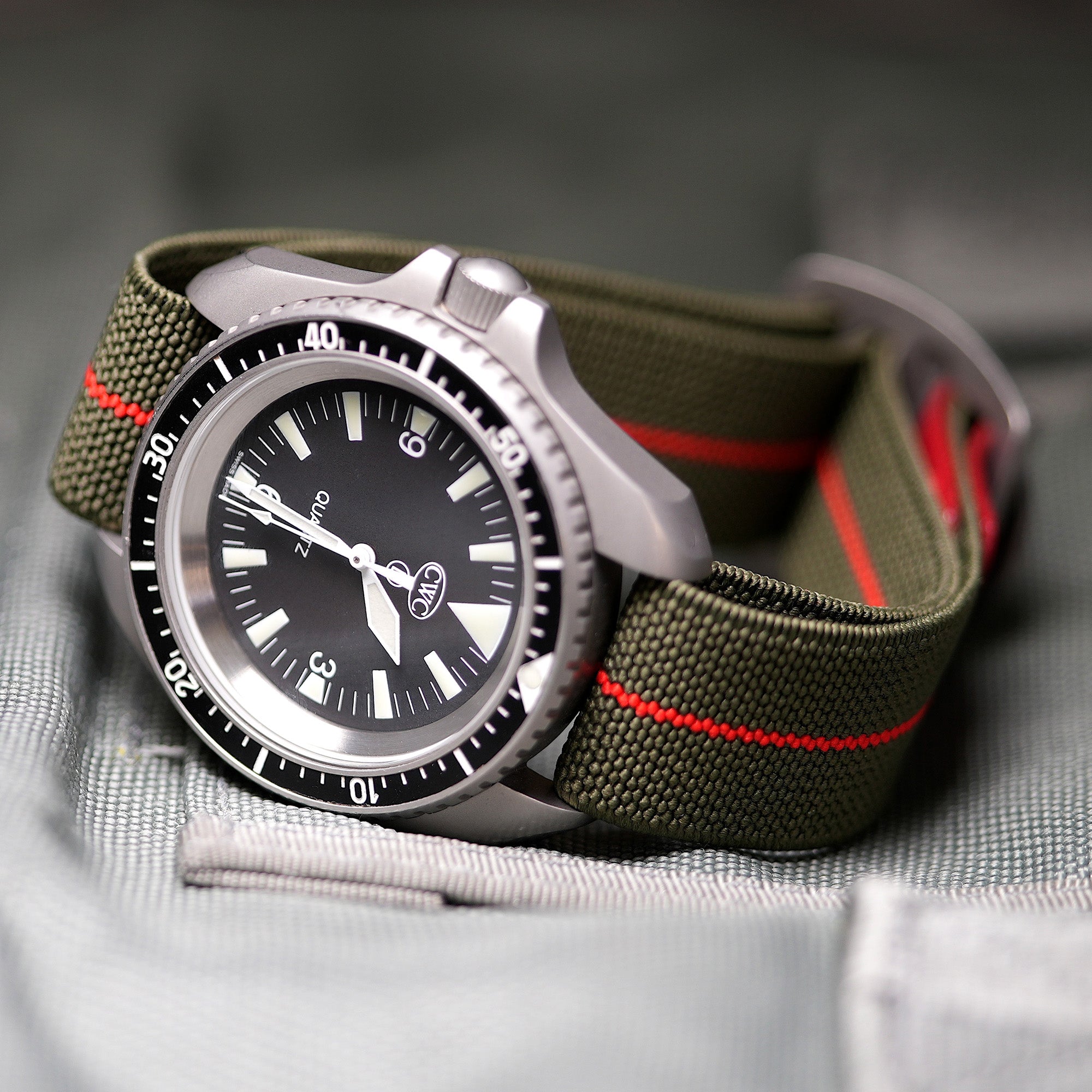The Origins of Calypso
Calypso was originally a British Royal Navy Minesweeper known as HMS ‘Loup’ (Loup = Wolf). The ship was built in 1942 and served during World War II. After the war, the vessel was sold to a Frenchman, who subsequently sold it to Jacques Cousteau in 1950. Cousteau had a vision of transforming the former minesweeper into a floating laboratory for marine exploration and scientific research.The ship was reconditioned and renamed ‘Calypso’, a name inspired by the Greek mythological sea nymph who lived on the island of Ogygia. Under Cousteau’s guidance, Calypso was adapted to become one of the most iconic research vessels of its time.
Transformation and Features
Under Cousteau’s direction, Calypso underwent extensive modifications to support underwater exploration. Key features and innovations included:1. Marine Research Equipment: Calypso was outfitted with state-of-the-art equipment for marine research. This included underwater cameras, sonar systems, and laboratories designed to study marine life and underwater ecosystems.
2. Diving Support: The ship was equipped with facilities to support divers, including storage for diving gear and a specially designed launching area for small boats and submarines. Notably, Calypso had a Diving Bell that could be lowered into the water to allow divers to reach greater depths and explore underwater environments more effectively.
3. Library and Laboratory: Calypso featured a library and laboratory spaces where scientists and researchers could analyse their findings. The ship became a floating centre of marine science, enabling Cousteau and his team to conduct research directly at sea.
4. Film and Photography Studio: A significant part of Calypso’s role was to support Cousteau’s filmmaking efforts. The vessel had facilities for film and photography, crucial for documenting marine life and creating the compelling documentaries that made Cousteau famous.
Major Expeditions and Achievements
Throughout its career, Calypso was involved in numerous groundbreaking expeditions and research projects:1. Undersea Discoveries: Cousteau and his team used Calypso to explore various marine environments around the world. These expeditions led to important discoveries about underwater ecosystems, marine species, and oceanographic phenomena.
2. Iconic Documentaries: The ship was the backdrop for many of Cousteau’s famous documentaries, including the acclaimed TV series "The Undersea World of Jacques Cousteau.* These programs brought the beauty and complexity of marine life into homes worldwide, fostering a greater public interest in ocean conservation.
3. The Conquest of the Deep: One of Calypso’s most notable achievements was supporting Cousteau’s deep-sea explorations. The ship played a crucial role in Cousteau’s expeditions to the ‘Challenger Deep’ in the Mariana Trench, one of the deepest points in the ocean. These explorations provided valuable insights into the extreme conditions and life forms found in the ocean’s depths.
Legacy and Influence
Calypso and its role in Cousteau’s explorations left a lasting impact on marine science and conservation:1. Inspiration for Ocean Conservation: Cousteau’s documentaries and research, conducted aboard Calypso, helped raise awareness about the importance of marine conservation. His work highlighted the threats facing marine environments and inspired a global movement toward protecting the oceans.
2. Advancements in Marine Technology: The innovations and technologies developed for Calypso contributed to advancements in marine research. The vessel’s design and equipment set a standard for future research vessels and underwater exploration technology.
3. Cultural Impact: Calypso became an icon of marine exploration and adventure. The ship’s association with Jacques Cousteau’s charismatic personality and groundbreaking work made it a symbol of curiosity and scientific discovery.
The Tragic End and Revival
In 1996, *Calypso* suffered a tragic accident when it sank while moored in Singapore Harbor. The loss of the ship marked the end of an era in underwater exploration. However, the legacy of Calypso lived on through the continued influence of Cousteau’s work and the ongoing efforts to preserve and explore the oceans.In 1997, efforts were made to raise and restore Calypso, and the vessel was eventually refurbished and returned to service as a museum ship and research vessel. Though it no longer serves as a primary research platform, Calypso remains a testament to Jacques Cousteau’s pioneering spirit and dedication to marine exploration.













Share:
Jacques Cousteau and the Dive Belt: Revolutionising Underwater Exploration
Jacques Cousteau’s Diving Saucer: A Revolutionary Approach to Underwater Exploration